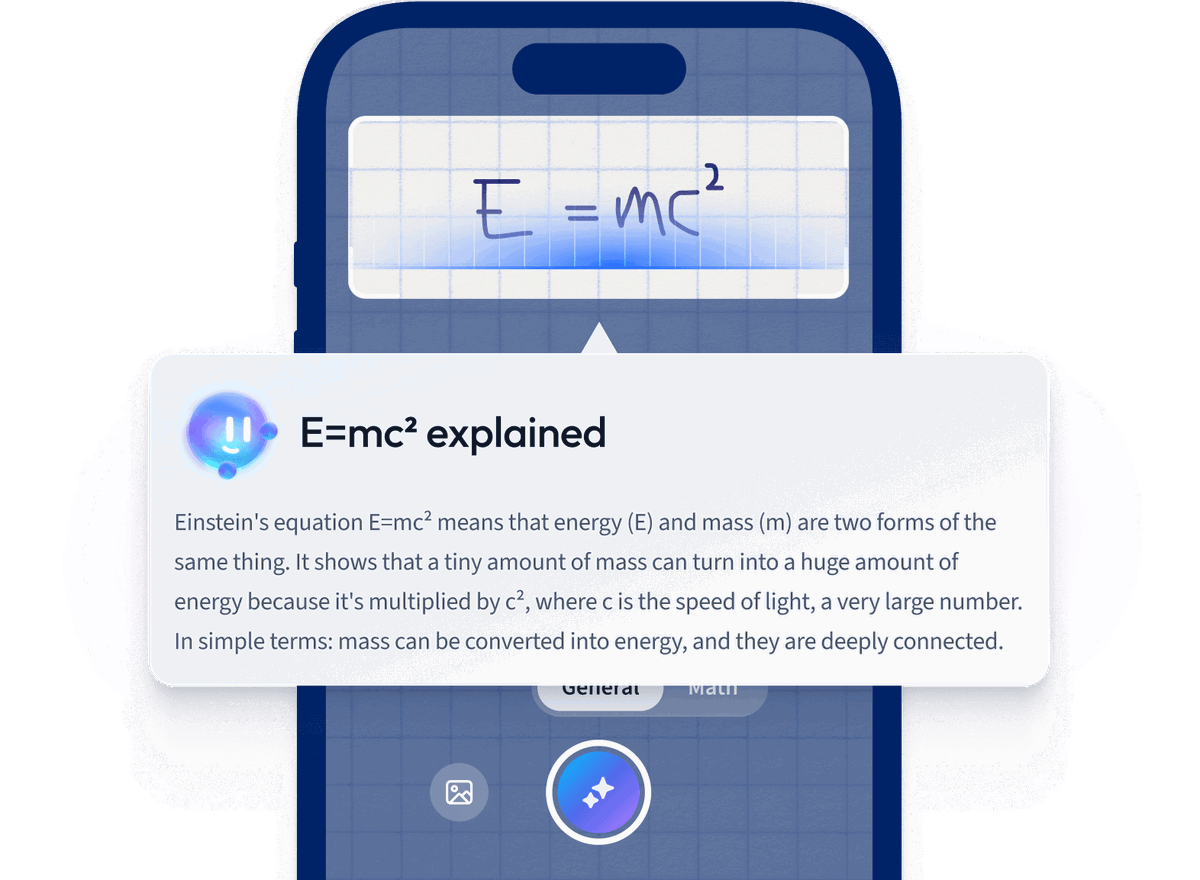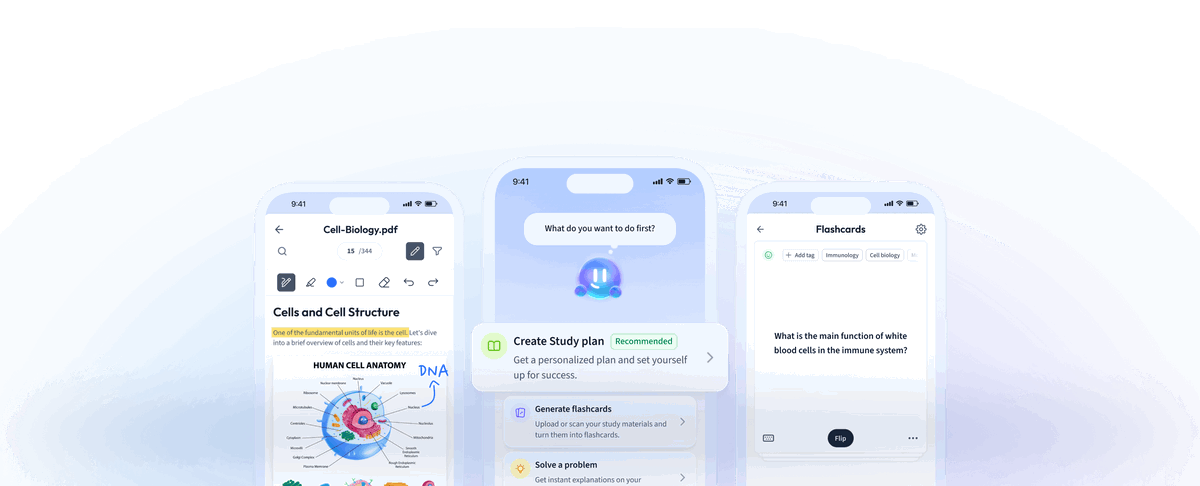IKEA FRAKTA Bag: Overview
After more than 30 years in the IKEA range, it's one of the most used bags in the world
- IKEA2
Since its birth about 30 years ago, the classic blue shopping bag of IKEA named the 'IKEA FRAKTA bag,' has attracted millions of customers worldwide. People use IKEA Frakta bags in many ways, and they have inspired new creations by everyone, from fascinated DIY creators to luxury fashion designers.
IKEA FRAKTA Bag: History
There is a rich history behind the global famous Ikea Frakta Bag.
Ikea Frakta Bag: From a Shopping Challenge
The origins of FRAKTA can be traced back to the 1960s, when IKEA increasingly promoted the sale of small home furnishing products for its new store in Kungens Kurva, Stockholm, Sweden.
Small items like tealights, duvet covers, and glasses were massive in numbers and difficult to organize for customers. While the standard platform trolleys could benefit customers in the self-serve area, they were useless in helping customers carry small items home. Thus, various customers gave up halfway through their shopping and left many articles on the shelves behind.2
Ikea Frakta Bag: To the Innovative Version
In response to this, in 1986, Ingvar Kamprad, the founder of IKEA, and his then assistant, Sten Lundén, initiated the idea of making a larger bag for customers to carry on the shoulder, hang on a platform trolley, or carry in their hand while shopping at IKEA.
Soon after, Ingvar accompanied Lars Göran Peterson, head of purchasing at IKEA, to turn his idea into reality. The men then found a suitable Taiwanese manufacturer supplying polypropylene, a material often used for large rice bags.2
We found a woman at the office who weighed about 50 kilos and asked her to stand in the bag. I took one handle and Ingvar took the other. We lifted the bag up, and it didn't break! 2
- Lars Göran
In 1989, IKEA tested the first batch of yellow bags at its store in Hamburg, Germany.2 These yellow bags were for shopping purposes only. Thus, customers had to leave them in the store after their purchase.
 Fig. 1 - IKEA's yellow bag
Fig. 1 - IKEA's yellow bag
IKEA FRAKTA Bag: The Blue Commercial Version
It was not so long until Ingvar Kamprad and IKEA realized the knock-on effect of the yellow bags.
When they saw one of the bags on the street, at the beach and so on, they would know that they had something in common: a visit to IKEA. With tens of millions of bags in town, this could be excellent publicity.2
- Ingvar
And so the IKEA FRAKTA Bag was born. IKEA made the bag in another color: blue, to differentiate it from the yellow one (the one that had to be left in-store). Accordingly, the stores can sell only blue FRAKTA bags. Since then, the bag has become excellent publicity for the brand identity of IKEA worldwide.
 Fig.2 - IKEA FRAKTA bag in blue color
Fig.2 - IKEA FRAKTA bag in blue color
IKEA FRAKTA Bag Sizes
Now, IKEA FRAKTA Bag has come in various designs thanks to its popularity and practicality. Generally, there are six basic sizes of IKEA FRAKTA bags with different maximum loadings and dimensions.2
Size | Dimension in centimeters (Width x Depth x Heights) |
IKEA FRAKTA bag purse (XS) | 9 x 3 x 7 |
IKEA FRAKTA bag small | 27 x 27 x 18.5 |
IKEA FRAKTA bag medium | 45 x 18 x 45 |
IKEA FRAKTA bag large | 55 x 37 x 35 |
IKEA FRAKTA bag trunk (XL) | 73 x 35 x 30 |
Table 1 - IKEA FRAKTA Bag by size and dimension
IKEA FRAKTA Bag Marketing
The two core marketing strategies of the IKEA FRAKTA Bag are multichannel social media engagement and reactive marketing. Further, the IKEA FRAKTA bag's perfect-timing characteristics have hugely contributed to its popularity.
IKEA FRAKTA Bag Perfect Timing
IKEA has made a timely design of the IKEA FRAKTA Bag that has perfectly addressed some of the most significant concerns of customers and fashion lovers worldwide.
Meet the demand of shoppers at IKEA stores. As its original purpose was to facilitate the shopping journey of customers at IKEA stores, IKEA FRAKTA is a strategic design of IKEA that fully meets IKEA customers' needs of efficiently carrying goods in one go.
Bring convenience to general customers. Beyond the physical IKEA stores, customers have generally wished for multipurpose bags that are both spacious and helpful in carrying their daily items.3 Thus, the birth of the IKEA FRAKTA bag has timely solved the problem of convenience for customers.
Address sustainable matters. The IKEA FRAKTA bag is made from long-lasting materials that are hard to wear out; the bag is reusable and environmentally friendly. Further, the long-term purpose of the IKEA FRAKTA bag is to encourage customers to reuse their shopping bags and turn them into daily fashion items.2 As the world in general, and the fashion industry in specific, have increasingly embraced the term 'sustainability,' the IKEA FRAKTA bag has naturally matched the contemporary concern.
IKEA FRAKTA Bag Marketing Strategy
Honestly, the marketing and advertising of the IKEA FRAKTA bag are indeed one of the least expensive campaigns.
Done right, the bags could be something that unconsciously brought people together, without having any advertising on the bag.2
- Lars Göran Peterson
IKEA FRAKTA Bag Media Engagement
Social media marketing lies at the heart of the IKEA FRAKTA bag's media engagement. Through several innovative campaigns, IKEA has fully activated its multichannel social media engagement to market the IKEA FRAKTA bag.3
But which social media channels have IKEA focused on the most?
Are Facebook and Instagram the two names you are thinking of? Well, they are surprisingly not the focus of IKEA's campaign. In fact, IKEA has put more effort into Youtube and Pinterest to market its IKEA FRAKTA bag.3 It is both innovative and reasonable.
Why Youtube and Pinterest?
As the target audiences of IKEA are middle-class people aged 20-34, Youtube and Pinterest are the two more common platforms for them. Further, in the fashion industry, Pinterest provides IKEA with a powerful tool of 'promoted pins' to quickly and effectively turn the IKEA FRAKTA bag into a trendy fashion item.
Reactive marketing
IKEA has also pioneered reactive marketing, which has become a core marketing strategy for the IKEA FRAKTA bag and other IKEA products.3
In reactive marketing, a brand executes campaigns, adverts, or social media marketing posts that are responsive and relatively unexpected. Commonly, reactive marketing implies marketing activities done as a reaction to a particular situation or to what the brand's competitors are doing.
As mentioned earlier, IKEA is an expert in designing perfect-timing products. When it comes to IKEA'S marketing strategy, time means everything. IKEA is consistently among the first brands to catch up with every viral trend, such as IKEA's memes. Be it reactive marketing towards Cristiano Ronaldo's Coca-Cola aversion, or a Game of Thrones costume, IKEA has perfectly nailed it with its wise reactive marketing strategy.
Hungry for an example of IKEA's reactive marketing? Let's move to the following famous example of IKEA's brilliant response to Balenciaga's bag that looks similar to the IKEA FRAKTA Bag!
IKEA FRAKTA Balenciaga
In 2017, the high fashion brand Balenciaga introduced a $2,145 look-alike to IKEA's $0.99 FRAKTA bags. Being a tactical player of reactive marketing strategy, IKEA partnered with Acne, the creative consultancy company, to launch an unexpected yet brilliant campaign giving customers some "tips" on how to know that the IKEA FRAKTA blue bag is the real deal.3
I wanted to act fast, so we contacted our client the day after. We'll have creative work ready within two hours.3
- Johan Holmgren, ACNE's Creative Director3
How fast and furious! But the campaign's effects have been long-lasting! While IKEA's swift response created no tension between the two brands, IKEA managed to showcase the worth of its $0.99 IKEA FRAKTA bag and how versatile it can be.
Soon after the campaign's release, DIY lovers worldwide joined forces in using the IKEA FRAKTA bag for innovative purposes and even re-designing the bag into other items.3 Browsing Pinterest or googling keywords like FRAKTA mask, FRAKTA cap, or FRAKTA shoes, you can see that IKEA and its FRAKTA bag are everywhere!
IKEA FRAKTA Bag - Key takeaways
- The origins of the IKEA FRAKTA bag can be traced back to the 1960s.
- The IKEA FRAKTA bag is the idea of Ingvar Kamprad, the founder of IKEA.
- The IKEA FRAKTA bag has six basic sizes with different dimensions and maximum loadings.
- IKEA has made a timely design of its FRAKTA Bag.
- The core marketing strategies of IKEA FRAKTA bag are multichannel social media engagement and reactive marketing.
References
- Fig. 2: IKEA FRAKTA bag in blue color (https://www.flickr.com/photos/lefty1007/23795489088/in/photolist-sdSy3u-MsSn7V-MwYmKM-CfJ6Tf) by Lefty1007 (https://www.flickr.com/photos/lefty1007/) by CC BY 2.0 (https://creativecommons.org/licenses/by/2.0/deed.en)
- IKEA Museum. 'The Beloved Bag'. IKEA. 2022.
- Kathy Xue. 'How IKEA Uses Digital Campaign to Deliver Purpose-Driving Messages to its Customers?'. Medium. 2022.
- Samantha Scelzo. 'Ikea responds back with sass to Balenciaga's copycat tote bag'. Mashable. 2017.
How we ensure our content is accurate and trustworthy?
At StudySmarter, we have created a learning platform that serves millions of students. Meet
the people who work hard to deliver fact based content as well as making sure it is verified.
Content Creation Process:
Lily Hulatt is a Digital Content Specialist with over three years of experience in content strategy and curriculum design. She gained her PhD in English Literature from Durham University in 2022, taught in Durham University’s English Studies Department, and has contributed to a number of publications. Lily specialises in English Literature, English Language, History, and Philosophy.
Get to know Lily
Content Quality Monitored by:
Gabriel Freitas is an AI Engineer with a solid experience in software development, machine learning algorithms, and generative AI, including large language models’ (LLMs) applications. Graduated in Electrical Engineering at the University of São Paulo, he is currently pursuing an MSc in Computer Engineering at the University of Campinas, specializing in machine learning topics. Gabriel has a strong background in software engineering and has worked on projects involving computer vision, embedded AI, and LLM applications.
Get to know Gabriel













